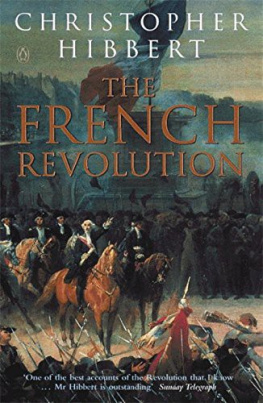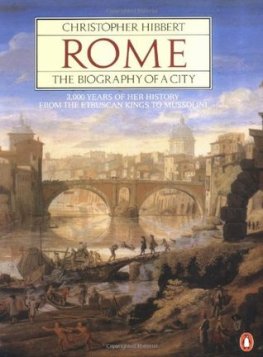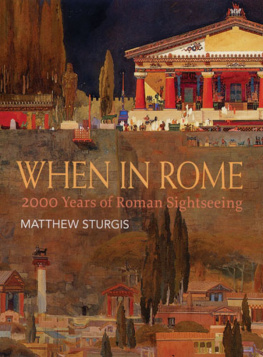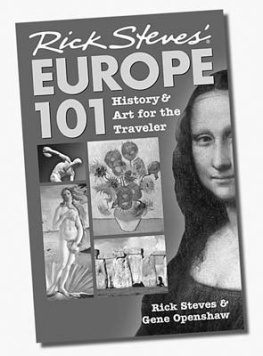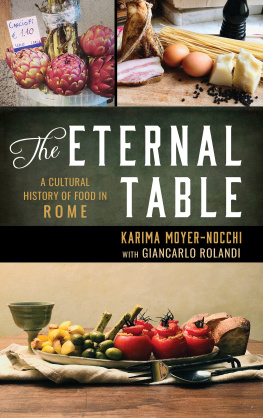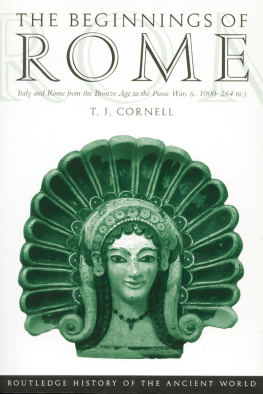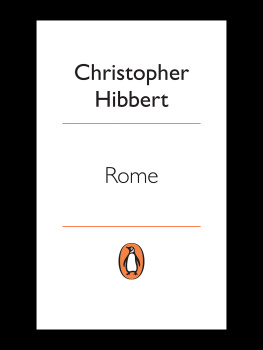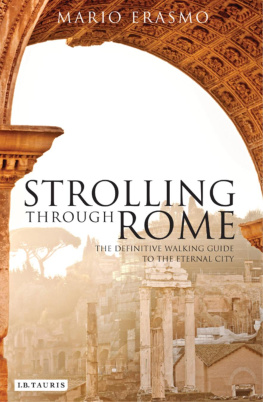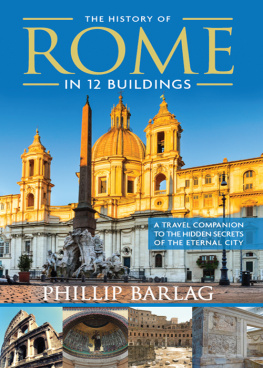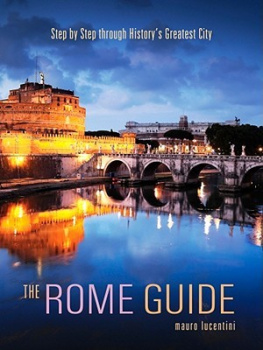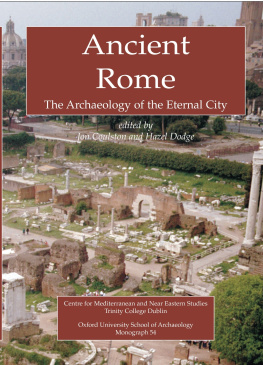PENGUIN BOOKS
ROME
Christopher Hibbert was born in Leicestershire in 1924 and educated at Radley and Oriel College, Oxford. He served as an infantry officer during the war, was twice wounded and was awarded the Military Cross in 1945. Described in the New Statesman as a pearl of biographers, he is, in the words of The Times Educational Supplement, perhaps the most gifted popular historian we have. His many highly acclaimed books include the following titles, most of which are published by Penguin: The Destruction of Lord Raglan (which won the Heinemann Award for Literature in 1962); London: The Biography of a City; The Rise and Fall of the House of Medici; The Great Mutiny: India 1857; The French Revolution; Garibaldi and His Enemies; Rome: The Biography of a City; Elizabeth I: A Personal History of the Virgin Queen; Florence: The Biography of a City; Nelson: A Personal History; George III: A Personal History; and The Marlboroughs: John and Sarah Churchill 16501744.
Christopher Hibbert is a Fellow of the Royal Society of Literature and an Hon. D. Litt. of Leicester University. He is married with two sons and a daughter, and lives in Henley-on-Thames.
C HRISTOPHER H IBBERT
ROME
THE BIOGRAPHY OF A CITY

PENGUIN BOOKS
PENGUIN BOOKS
Published by the Penguin Group
Penguin Books Ltd, 80 Strand, London WC2R 0RL, England
Penguin Putnam Inc., 375 Hudson Street, New York, New York 10014, USA
Penguin Books Australia Ltd, 250 Camberwell Road, Camberwell, Victoria 3124, Australia
Penguin Books Canada Ltd, 10 Alcorn Avenue, Toronto, Ontario, Canada M4V 3B2
Penguin Books India (P) Ltd, 11 Community Centre, Panchsheel Park, New Delhi 110 017, India
Penguin Books (NZ) Ltd, Cnr Rosedale and Airborne Roads, Albany, Auckland, New Zealand
Penguin Books (South Africa) (Pty) Ltd, 24 Sturdee Avenue, Rosebank 2196, South Africa
Penguin Books Ltd, Registered Offices: 80 Strand, London WC2R 0RL, England
www.penguin.com
First published in Great Britain by Viking 1985
First published in the USA by W. W. Norton and Company, Inc. 1985
Published in Penguin Books 1987
Copyright Christopher Hibbert, 1985
All rights reserved
Photo acknowledgements
Alinari: 33, 52, 88; Courtesy of the author: 64, 73, 74, 76, 77, 78, 79, 81
BBC Hulton Picture Library: 1, 17, 22, 24, 25, 32, 39, 43, 44, 47, 58, 60, 66, 67, 71, 82
British Museum: 8; Cash, J. Allen Ltd: 98
Charmet, Jean-Loop: 11, 29, 55, 65, 70, 83
Christie's: 57; Deutsches Archologisches Institut: 3, 5, 6, 10
Freeman, John & Co: 14, 40, 41, 45, 49, 50, 53, 69; Man, Felix: 93
Mansell Collection: 12, 15, 16, 18, 20, 21, 23, 26, 31, 35, 36, 42, 63
Montreal Museum of Fine Arts: 13
Moro Roma: 9, 19, 37, 38, 51, 61, 75, 80, 85, 86, 87, 89, 91
Musei Vaticani: 30; Ny Carlsberg Glyptotek: 2, 7
Osterreichische Nationalbibliothek: 4; Popperfoto: 90, 92, 94, 95, 96
Powell, Josephine: 27, 28, 46, 68, 72, 97, 98; Scala: 56; Sotheby's: 59
Except in the United States of America, this book is sold subject to the condition that it shall not, by way of trade or otherwise, be lent, re-sold, hired out, or otherwise circulated without the publisher's prior consent in any form of binding or cover other than that in which it is published and without a similar condition including this condition being imposed on the subsequent purchaser
The frontispiece shows a detail of the Isola Tiberina by G. Vanvitelli (16531736) from the Musei Capitolini in Rome
ISBN: 978-0-14-192716-9
TO TOM AND ALLYCE
C ONTENTS

A UTHOR'S N OTE
Although this book is intended to be an introduction to the history of Rome and of the social life of its people from the days of the Etruscan kings to those of Mussolini, I have tried at the same time to make it, in some sense, a guidebook. It cannot pretend to be a comprehensive one, but the notes at the back contain some information about all the buildings and treasures of the city which are mentioned in the text; and I believe that none of the principal sights and delights of Rome has been omitted. The book will, therefore, I hope, not only provide for the general reader an outline of Rome's varied past, as well as character sketches of those who have played their parts in its long history and development, but will also be of practical use to all those who intend one day to visit or revisit this most wonderful of cities.
The book could scarcely have been written without the help of my friend, the Hon. Edmund Howard, formerly Counsellor at the British Embassy in Rome, whose deep knowledge of the city and its people has guided me at every stage of its preparation. He has given me extensive assistance with the notes and, having read the manuscript, has made many suggestions for its improvement. Nor would working on the book have proved such a pleasure without the encouragement of another friend, John Guest, my skilful and trusted editor for over twenty-five years and my companion on numerous walks from one end of Rome to the other.
I am also deeply indebted to Tessa Street who has been both an impeccable typist and a careful reader of the text. And I am also most grateful to yet other friends who have helped me in a variety of ways, to my agent Bruce Hunter; to Peter Carson and Eleo Gordon of Viking; to Thomas Wallace of W.W. Norton; to Peter Hebblethwaite and Father Philip Caraman; to Ben Weinreb and the late Professor Roberto Weiss; to Maria Orsini and Thrse Pollen; to Valerie Goodier and Nonie Rae, and to the libraries and staffs of the London Library and the Italian Institute of Culture. I am, as always, indebted to my wife for having compiled the comprehensive index.
P ART O NE

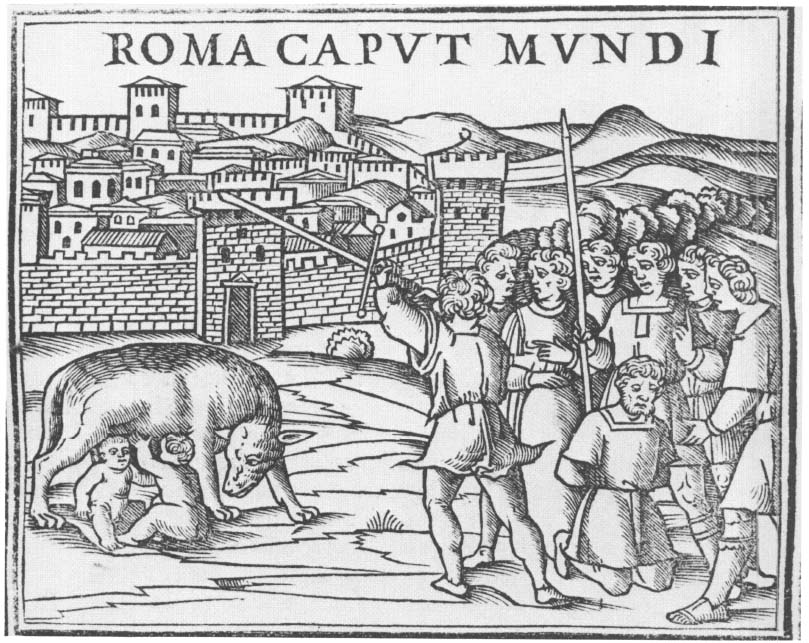
Rome, Capital of the World: a fifteenth-century woodcut proclaims the pre-eminence of the Eternal City. Romulus and Remus, its mythical founders, appear on the left of the picture.
ONE
M YTHS , M ONARCHS AND R EPUBLICANS
In the days of Augustus, the first of the Roman emperors, a young writer from Padua, Titus Livius, brought to a close the first part of his epic history of the city in which he had come to live. His story had begun in that remote age, seven hundred years before his own birth, in which the origins of Rome were overcast by the mists of romantic legend. Its scene was the high ground overlooking the Tiber some fifteen miles from the salt flats through which the river flowed to the sea. Down the slopes of the hills ran streams which formed swamps and small lakes in the valleys below. And beyond the valleys was the wide expanse of the Roman Campagna, a silent, undulating plain of woodland and pasture that stretched as far as the eye could reach to the surrounding mountains, to the Alban hills in the south, to the Apennines in the east, and, in the north, to the commanding heights of the empire of the Etruscans. Above a bend in the Tiber, where an island lay in midstream like an anchored ship, was the only place for miles at which the river could be crossed with ease. Here rose a hill which was to become known as the Palatine; and it was here, in the eighth century before Christ, that Titus Livius set his story.
Next page






